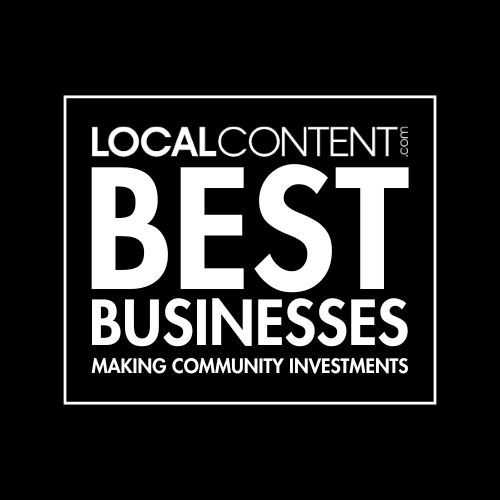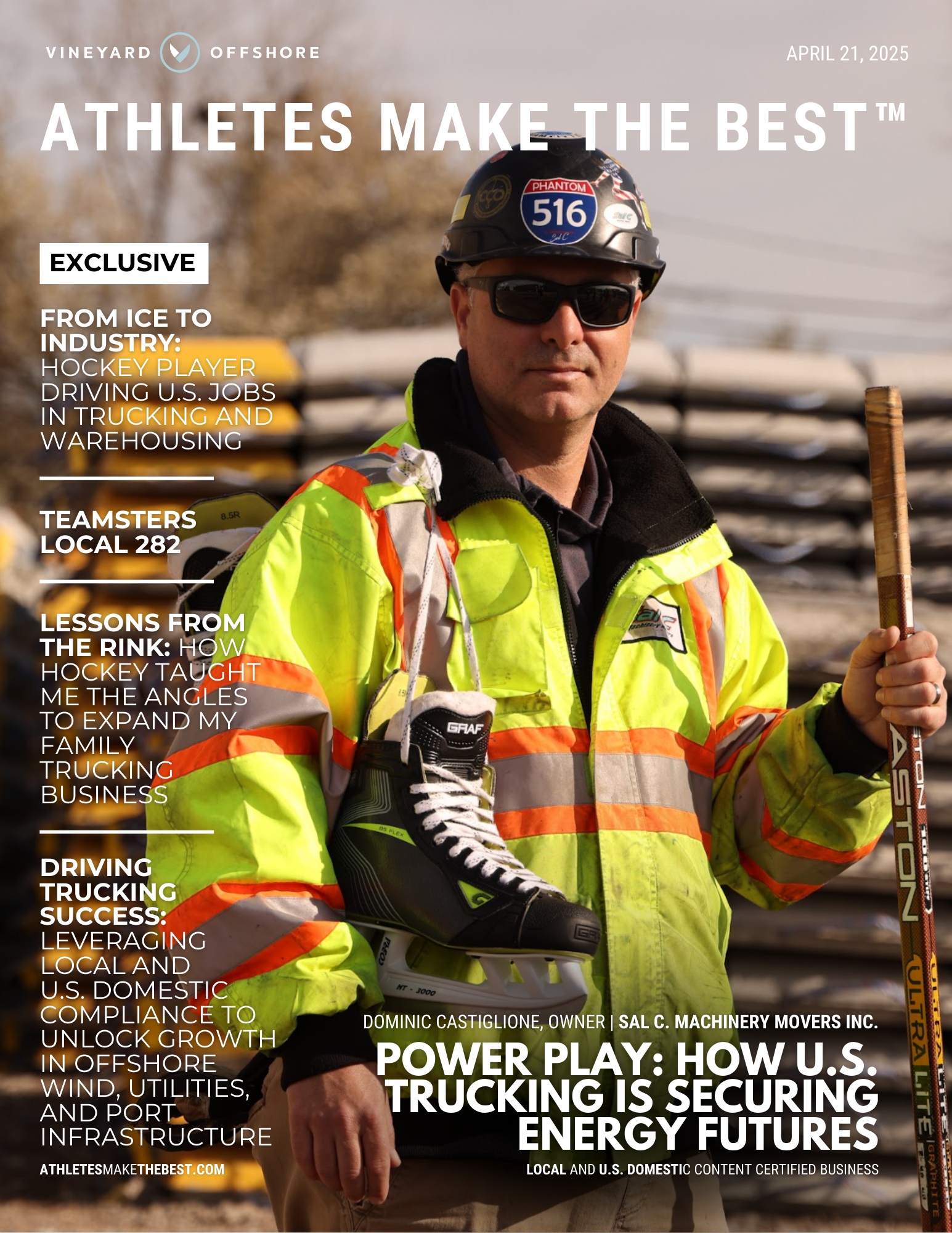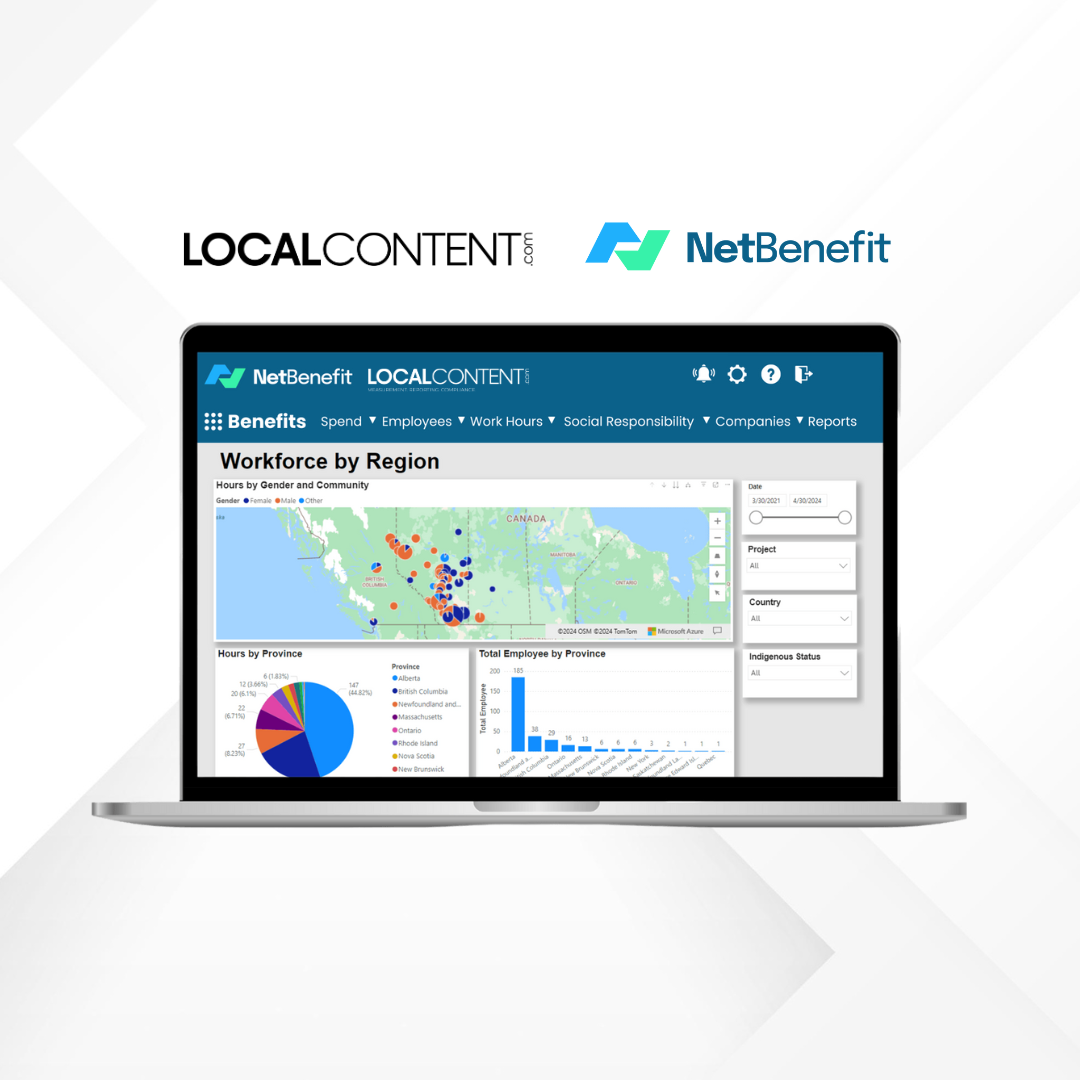Case Study 1: Levi’s Stadium, Santa Clara, California
Local Content Requirement: Sustainable Construction and Local Sourcing
Details: Levi’s Stadium, home to the NFL’s San Francisco 49ers, incorporated local content during its construction by using recycled and locally sourced materials to minimize environmental impact. In operations, it sources food and beverages from Bay Area vendors and implements green initiatives, such as solar panels and water conservation systems.
Closed out the 10th season at Levi's Stadium with a bang 💥
— Levi's® Stadium (@LevisStadium) February 2, 2024
Thank you @westcoastaerial for this incredible shot from Sunday's NFC Championship! pic.twitter.com/N9uLslIYsq
Case Study 2: Mercedes-Benz Stadium, Atlanta, Georgia
Local Content Requirement: Green Building and Local Hiring
Details: Mercedes-Benz Stadium, home to the NFL’s Atlanta Falcons and MLS’s Atlanta United FC, achieved LEED Platinum certification by using locally sourced materials and energy-efficient technologies. The stadium continues to support the local economy through local hiring practices and partnerships with Atlanta-based businesses.
🚨🚨 The roof will be open for Sunday's @ATLUTD match! 🚨🚨 pic.twitter.com/H169TVWcOq
— Mercedes-Benz Stadium (@MBStadium) April 12, 2024
Case Study 3: Fiserv Forum, Milwaukee, Wisconsin
Local Content Requirement: Local Construction Workforce and Community Benefits
Details: Fiserv Forum, home to the NBA’s Milwaukee Bucks, focused on hiring local contractors and tradespeople during construction, providing job opportunities for the Milwaukee community. In its operations, the arena supports local businesses by sourcing food and beverages from Milwaukee-area vendors and engaging in community outreach programs.
👀🔜🦌 #FearTheDeer
— Fiserv Forum (@FiservForum) April 17, 2024
We’ll see you Sunday, @Bucks fans! pic.twitter.com/9rTIjge3HC
Case Study 4: U.S. Bank Stadium, Minneapolis, Minnesota
Local Content Requirement: Sustainable Construction Practices and Local Partnerships
Details: U.S. Bank Stadium, home to the NFL’s Minnesota Vikings, used locally sourced materials and energy-efficient design elements to achieve LEED certification. The stadium partners with local businesses for concessions and services, supporting the regional economy and offering fans locally sourced products.
Happy Earth Day from U.S. Bank Stadium! 🌎
— U.S. Bank Stadium (@usbankstadium) April 22, 2024
As the first professional sports stadium to achieve LEED Platinum certification for Operations and Maintenance, we're committed to sustainability every day. From reducing our carbon footprint to promoting alternative transportation,… pic.twitter.com/Ex5kpsZQl5
Case Study 5: T-Mobile Arena, Las Vegas, Nevada
Local Content Requirement: Local Sourcing and Community Integration
Details: T-Mobile Arena, home to the NHL’s Vegas Golden Knights, sourced materials from Nevada-based suppliers and employed local construction firms. The arena partners with Las Vegas-based food and beverage vendors and hosts events featuring local artists and performers, enhancing its connection to the local community.
#NBA In-Season Championship tips off in a couple hours! ⏰ pic.twitter.com/swFPhnt4eo
— T-Mobile Arena (@TMobileArena) December 9, 2023
Case Study 6: Barclays Center, Brooklyn, New York
Local Content Requirement: Community Engagement and Local Partnerships
Details: Barclays Center, home to the NBA’s Brooklyn Nets, emphasized local content by partnering with Brooklyn-based artists and businesses during construction. The arena continues to support the local community by sourcing food and beverages from Brooklyn vendors and hosting events featuring local performers. Additionally, Barclays Center collaborates with local schools and non-profits for community programs.
It’s a celebration every time we link up 𝓢𝓸𝓵𝓭 𝓞𝓾𝓽👑 @NICKIMINAJ pic.twitter.com/QCJPPz6GIv
— Barclays Center (@barclayscenter) April 5, 2024
Case Study 7: Climate Pledge Arena, Seattle, Washington
Local Content Requirement: Sustainable Construction and Local Sourcing
Details: Climate Pledge Arena, home to the NHL’s Seattle Kraken, focused on sustainability and local sourcing during its renovation. The arena used locally sourced materials and implemented energy-efficient systems to achieve a zero-carbon footprint. In operations, it continues to prioritize local food and beverage vendors and sustainable practices.
Home is where the 💚💛 is pic.twitter.com/uDEVVtoKPu
— Climate Pledge Arena (@ClimateArena) May 15, 2024
Case Study 8: Golden 1 Center, Sacramento, California
Local Content Requirement: Green Building and Local Community Engagement
Details: Golden 1 Center, home to the NBA’s Sacramento Kings, achieved LEED Platinum certification by using locally sourced materials and renewable energy. The arena supports local businesses by sourcing food from Northern California farms and engages the community through local hiring and educational programs.
Views from above 🦅 pic.twitter.com/CpnTY8lQjO
— Golden 1 Center (@Golden1Center) January 30, 2024
Case Study 9: Target Field, Minneapolis, Minnesota
Local Content Requirement: Local Food and Beverage Partnerships
Details: Target Field, home to MLB’s Minnesota Twins, partnered with local food vendors and breweries to offer a variety of Minnesota-based culinary options. The stadium features local favorites such as craft beers from Twin Cities breweries and dishes from renowned local restaurants, supporting the local food industry and enhancing the fan experience.
Case Study 10: Allegiant Stadium, Las Vegas, Nevada
Local Content Requirement: Local Construction Workforce and Sourcing
Details: Allegiant Stadium, home to the NFL’s Las Vegas Raiders, prioritized local content by employing Nevada-based contractors and sourcing construction materials locally. The stadium continues to support the local economy by partnering with Las Vegas-based vendors for food, beverages, and other services, as well as hosting events that highlight local talent.
Summary
These ten case studies illustrate how US sports and entertainment arenas incorporate local content requirements during their construction and operation phases. By using locally sourced materials, employing local workforces, supporting regional businesses, and emphasizing sustainability, these venues contribute to their local economies, reduce environmental impacts, and foster community engagement.









